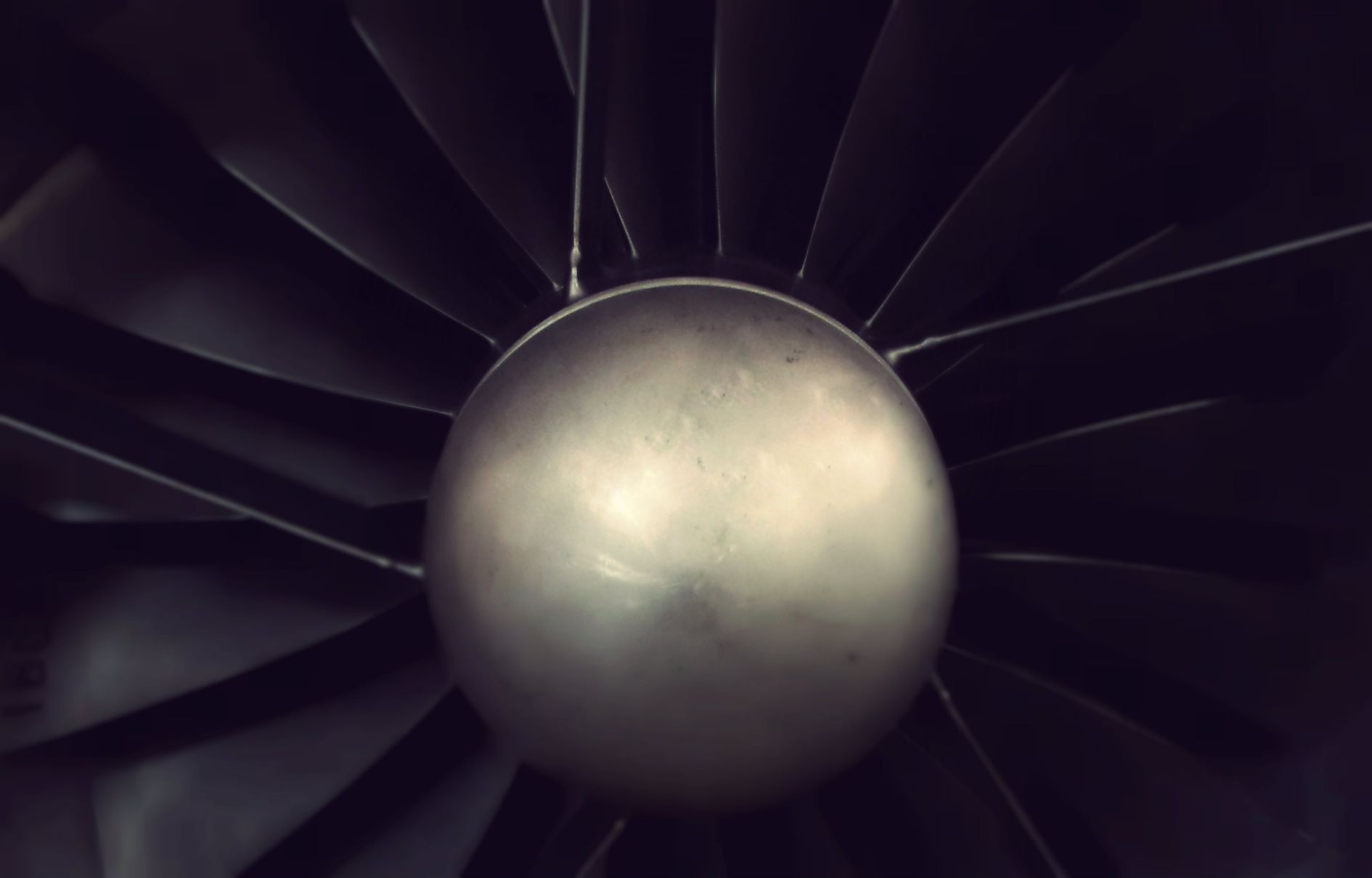Injection molds can be produced faster and at lower costs using additive technologies rather than subtractive technology. In addition, additively produced tools can be used to indicate the performance of a final hardened tool. The use of additively-fabricated molds can create plastic components by the dozens, and in some cases, the millions, to be used for prototypes or testing.
Subtractive CNC or spark erosion drawbacks:
- Methods are slow and expensive.
- Skilled workers for these methods are in short supply.
- Product complexity is high, product cycles are short.
- More precise tools are needed from declining supply of toolmakers.
Benefits of Additive Technology
The benefits of the process of additive technology in injection molds include saving time and labor. In addition, additive technologies can provide the option of improving mold performance that supersedes subtractive technologies. It provides the ability to build conformal cooling channels which assist with increased thermal performance. It also allows for the use of multiple or gradient materials which optimizes the performance of molds. These benefits decrease cost and may be a revolutionary development in the field by decreasing cycle times by 20 to 30 %.
When Should Additive Technology Be Used?
Additive technology may never be able to replace subtractive methods, even though progress has been made to increase labor, time, precision and durability. The benefits should be evaluated on a case by case basis and should be considered for the following types of projects: when reduction production to market time is vital, for short to medium productions and prototypes, and for molds that are difficult to machine due to geometry.
Limitations
While additive methods as compare to CNC do have its advantages, the limitations should also be considered. The tools produced by additive methods can be less accurate and less durable. Some parts may be prone to geometry and size limitations. The parts produced may not be identical to final hardened tooling. Additionally, the tools produced utilizing additive methods may not be modified easy or corrected using the traditional tool making methods.
There are variations of these limitations based on each individual case and for the specific additive technology utilized. Tool fabrication by additive technology is a one-shot deal due to the fact that tools produced by this method cannot be modified. This is a disadvantage compared to conventional tooling that allows for modifications during the tooling process.
There are many complex factors in considering selecting the additive process such as: final application, part size, production volume, material requirements and the need for accuracy. It is important to keep in mind that while direct tool production may be faster, the indirect process can be lower in cost and produce more accuracy. In certain cases, it may be inappropriate to produce one part of a tool with CNC technology and the other part with additive methods. Consideration should be given for economy and an appropriate process for each component of a tool rather than for the tool in its entirety.
